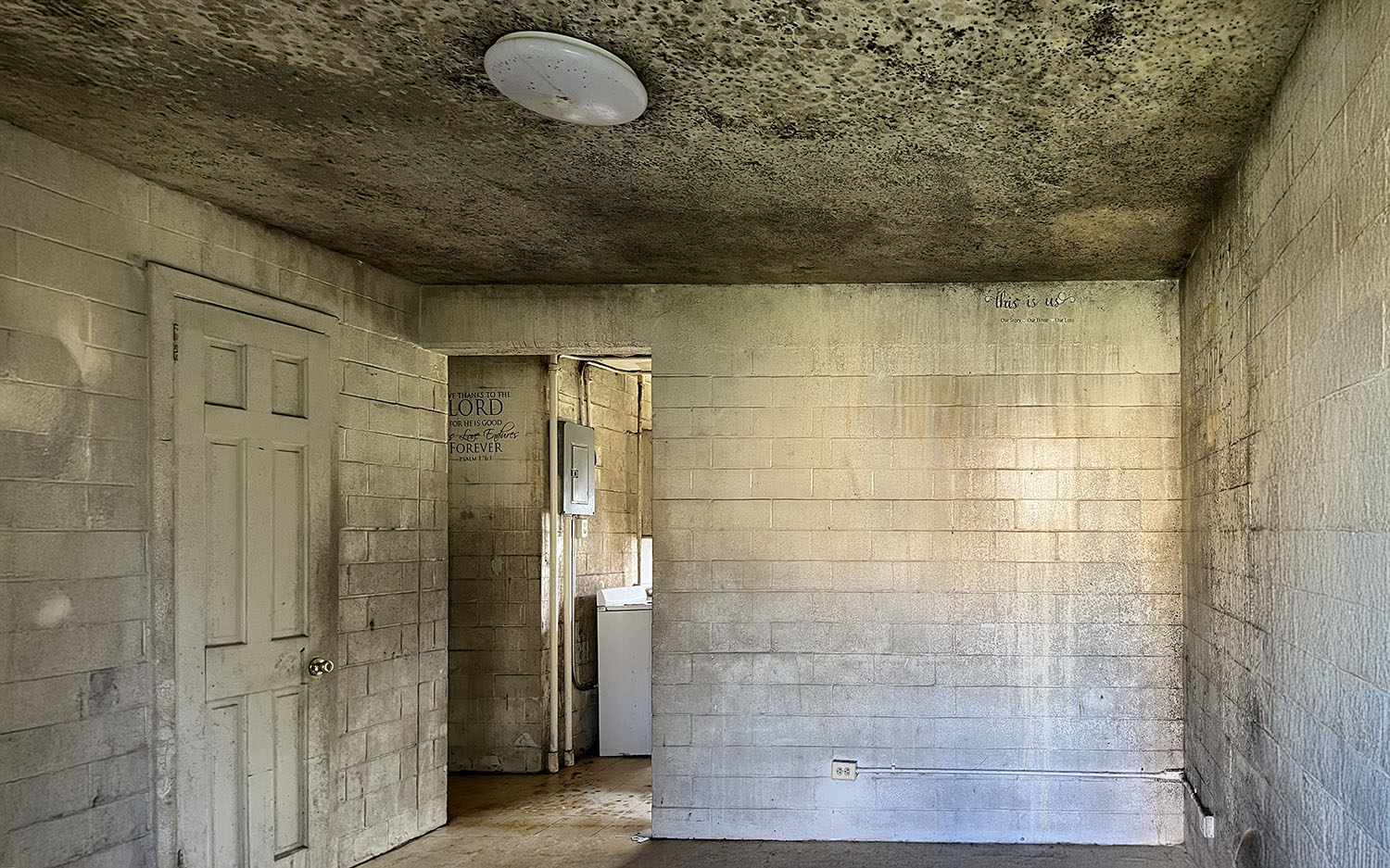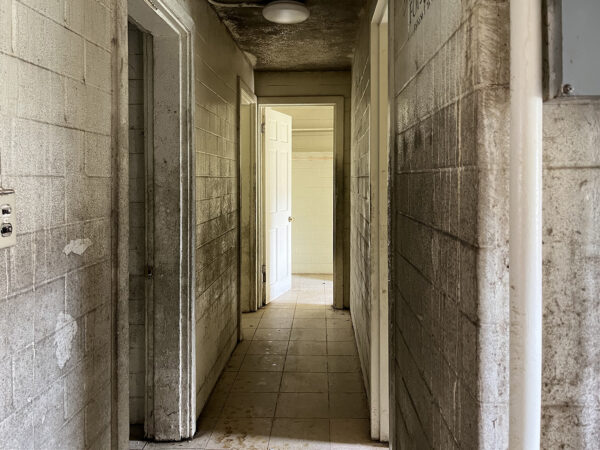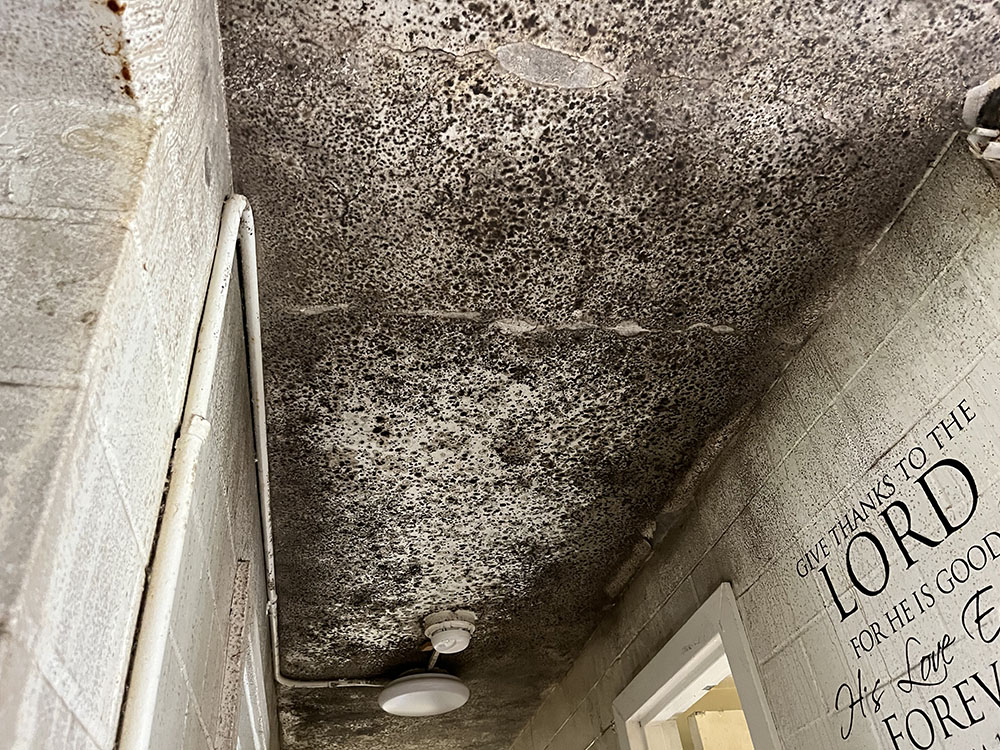Mold vs. Moisture: Why IAQ Issues Persist

Indoor air quality (IAQ) problems are often blamed on mold, but the real culprit is usually moisture. Mold cannot grow without it, which means moisture control is the first step to lasting IAQ solutions. Yet many buildings continue to struggle with mold and air quality issues year after year. Why? Because moisture is often overlooked, misdiagnosed, or not fully addressed.
Mold Is a Symptom, Not the Cause
When mold shows up on drywall, ceilings, or HVAC systems, it’s the visible sign of an underlying moisture problem. Cleaning or removing mold without solving the moisture source is like putting a bandage on a leaking pipe — it will come back.
Common moisture sources include:
Leaking roofs, windows, or foundations
Plumbing leaks
Poor ventilation in bathrooms and kitchens
High indoor humidity or condensation
Improper HVAC design or maintenance

Why IAQ Issues Keep Coming Back
Even after remediation, buildings can fall back into the same cycle: mold appears, gets removed, then comes back again. Here’s why these problems persist:
Incomplete diagnosis
Some mold removal companies focus only on cleanup without addressing the underlying moisture source.
Building design challenges
Modern, energy-efficient, tightly sealed buildings often trap humidity indoors.
Maintenance gaps
HVAC systems, dehumidifiers, and ventilation equipment require consistent upkeep to remain effective.
Occupant behavior
Blocking vents, drying clothes indoors, or neglecting small leaks all contribute to recurring problems.
The Cost of Ignoring Moisture
Uncontrolled moisture not only leads to recurring mold but also damages building materials, drives up repair costs, and creates health risks for occupants. Mold spores and damp environments are linked to asthma, allergies, and other respiratory problems — issues that directly impact productivity in offices and comfort in homes.
How to Break the Cycle
To truly solve IAQ issues, the focus has to shift from just removing mold to preventing it by addressing moisture at the source. Steps include:
Comprehensive building inspections to trace leaks and humidity issues
Professional mold and moisture testing
Correcting ventilation and HVAC design problems
Ongoing monitoring of humidity levels
Regular maintenance to prevent small problems from growing
Final Takeaway
Mold is only the symptom. Moisture is the real cause. By tackling moisture head-on, property owners and managers can prevent recurring mold problems, protect health, and save money on long-term repairs.

Trusted Environmental Expertise
Protect Your Property with Certified Testing & Compliance
From asbestos inspections to HUD environmental reviews, CMEC Environmental helps property owners, managers, and developers across Louisville and Kentucky stay compliant, safe, and cost-effective.
At CMEC Environmental, we help Kentucky homeowners, property managers, and HUD project teams identify and solve the real causes of indoor air quality problems. From moisture testing and mold assessments to full environmental reviews, our experts provide practical solutions that protect health and save money. If you’re dealing with persistent mold or moisture issues in Louisville or across Kentucky, contact CMEC Environmental today to schedule an inspection.
